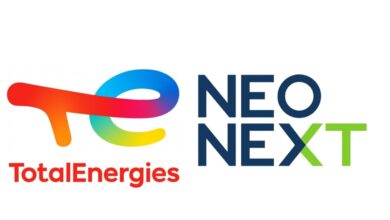Study: Development offshore US Atlantic could add $195 billion in investment

Approximately 85% of acreage in US federal offshore waters is inaccessible to offshore oil and natural gas development, either through lack of federal lease sales or moratoriums. Opening the US Atlantic Outer Continental Shelf (OCS) to offshore development could have remarkable benefits for job creation, US energy security, domestic investment and revenue to the government, according to a study conducted by Quest Offshore Resources at the request of API and the National Ocean Industries Association.
Current offshore oil and gas production in the US is essentially limited to the Central, Western and a small amount of the eastern Gulf of Mexico with limited additional legacy production off Alaska and California. Total offshore oil and natural gas production in federal waters was a combined 1.87 million barrels of oil equivalent per day as of June 2013 or 9% of US production.
Oil and gas development off the Atlantic coast has been restricted since the 1980s. Only 51 exploratory wells were drilled in the 1970s and 1980s, mainly in shallow water. A lease sale off the coast of Virginia was planned for 2011 but was subsequently canceled. No lease sales in the Atlantic OCS are currently scheduled. The next five-year plan of OCS lease sales, yet to be released, would start in 2017.
According to the study, oil and natural gas development in the Atlantic OCS between 2017 and 2035 could:
- Create nearly 280,000 new jobs along the East Coast and across the country.
- Result in an additional $195 billion in new private investment.
- Contribute up to $23.5 billion per year to the US economy.
- Add 1.3 million barrels of oil equivalent per day to domestic energy production, which is about 70% of current output from the Gulf of Mexico.
- Generate $51 billion in new revenue for the government.
“Oil and natural gas production off our Atlantic coast is a potential gold mine,” API Director of Upstream and Industry Operations Erik Milito said. “Developing oil and natural gas in the Atlantic could put hundreds of thousands of Americans to work, make us more energy secure and bring in needed revenue for the government. But none of these benefits will appear unless the federal government follows pro-development energy policies.”
The Obama administration has been considering whether to allow seismic surveying in the Atlantic for the last five years and shortly will begin work on the next five-year offshore leasing program. Americans stand to benefit if seismic surveying permits are approved and the Atlantic and other offshore areas that have been kept off-limits are included in the next five-year leasing program.
“Major capital investments, job creation and revenue to the government would all begin years before the first barrel goes to market,” Mr Milito said. “Expanding offshore energy production would also send a strong signal to the energy markets that America is leading the world in developing energy resources, which could help put downward pressure on prices.”
Drilling activity in the Atlantic OCS would be expected to be robust upon the opening of the Atlantic OCS to offshore oil and gas E&P. Atlantic OCS drilling would be expected to begin in 2019, with an average of 30 wells drilled annually from 2017 to 2035 mostly in deepwater. In the last five years of the forecast (2031 to 2035), an average of 66 wells would be expected to be drilled annually as the number of active projects grows and the need for development wells increase.




